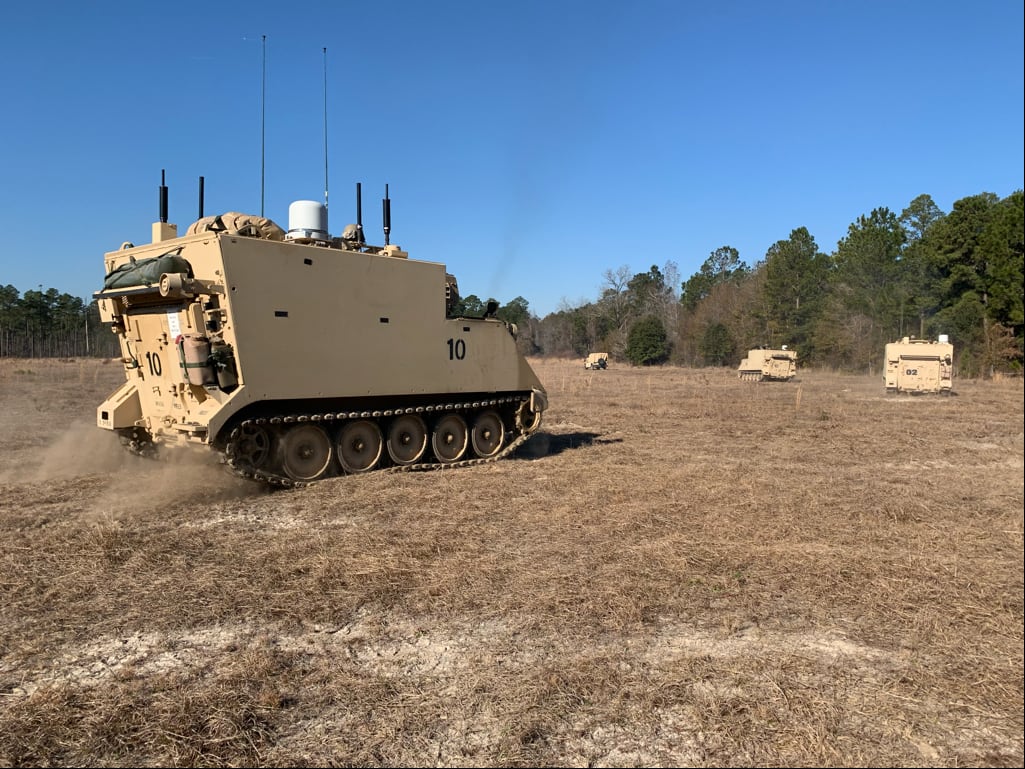The U.S. Army’s ambitious plan to consolidate its Program Executive Office for Enterprise Information Systems with the Program Executive Office for Command, Control, and Communications Tactical into a unified network will provide warfighters with better and more dependable network access and services.
The success of this large-scale, continuous modernization effort will require an all-hands approach to ensure the new combination of disparate and previously separate technologies operates smoothly and securely—now and in the future.
Here are three strategies the Army can employ to manage these challenges effectively.
Gain complete observability
As the PEO EIS and PEO C3T have grown, so have the number of tools they support. For example, the PEO EIS has the technology to support more than 24.2 million daily business system transactions for one million soldiers.
Upon consolidation, the Army will need to monitor an exponentially vast number of tools and identify redundancies, such as underperforming or redundant tools, to prevent toolset creep.
Instead of traditional network monitoring tools, the Army should consider implementing network-wide observability to gain insights into the tools being used on the unified network. Observability differs from conventional monitoring because it can allow the Army to identify conditions affecting the network in real-time, including the number of tools used at any moment. On the other hand, monitoring focuses more on the health of the network and its assets.
Observability isn’t just for toolset monitoring. It’s also beneficial for quickly identifying potential issues, such as malfunctioning devices or applications. When paired with AI, it helps administrators predict possible problems or threats before they happen—a key benefit for troops working in hostile environments.
Enforce zero trust through identity credentialing
A unified network will not only combine technologies—it will meld different user groups. Many of these users will theoretically have access to information they otherwise would not be privy to. As such, the Army has stated identity credentialing and access management (ICAM) will play a significant role in maintaining zero trust security across the network.
After the Army establishes the appropriate user permissions, it will need a way to monitor and enforce them with minimal manual effort. Implementing a system built to give administrators full visibility into everyone’s access rights—across the entire unified network—will be essential to maintaining a zero-trust posture.
Automating user access rights and permissions will be critical, too. The Army’s unified network will be expansive, making it challenging for administrators to track who has access to what and when. Automating the onboarding and offboarding of new users will allow administrators to focus on more mission-critical tasks while ensuring effective ICAM.
Expand network monitoring to the edge
The Army is investing heavily not only in 5G but advanced 6G networks designed to deliver reliable, real-time communications and information to warfighters in any environment. Whether 5G or 6G, the Army must account for the myriad of widely distributed devices, systems, and applications on its unified network. It must monitor them and the traffic they generate like a traditional centralized network. However, since most of the activity occurs at the edge, it can be difficult to gauge performance and security.
The Army will need to expand network monitoring to the edge and require a different kind of monitoring approach. Monitoring must occur inside and outside the network perimeter and extend to the unified network’s many endpoints and devices, which will be critical to ensuring troops’ communications remain secure.
Keeping apprised of the network’s overall health and reliability is also essential. It’s all too easy to lose contact because of a wireless dead zone or excessive network traffic. But loss of contact could result in loss of mission or even life. The Army must consider robust wireless monitoring options to ensure neither occurs.
The bottom line
The initial consolidation on October 1, 2023, is only the first step. Inevitably, the network will continue to grow and expand over time. The Army will need to be highly agile to avoid any possible issues and employ flexible technologies to meet the organization’s evolving needs and objectives.
The consolidated network will undoubtedly create an effective framework to help the Army meet its primary objective: improving its tactical and strategic advantages over adversaries. In turn, the Army should consider implementing these strategies and tactics to help administrators manage the expanded network—and improve its odds of success.
By Chip Daniels, Head of Government Affairs, SolarWinds








